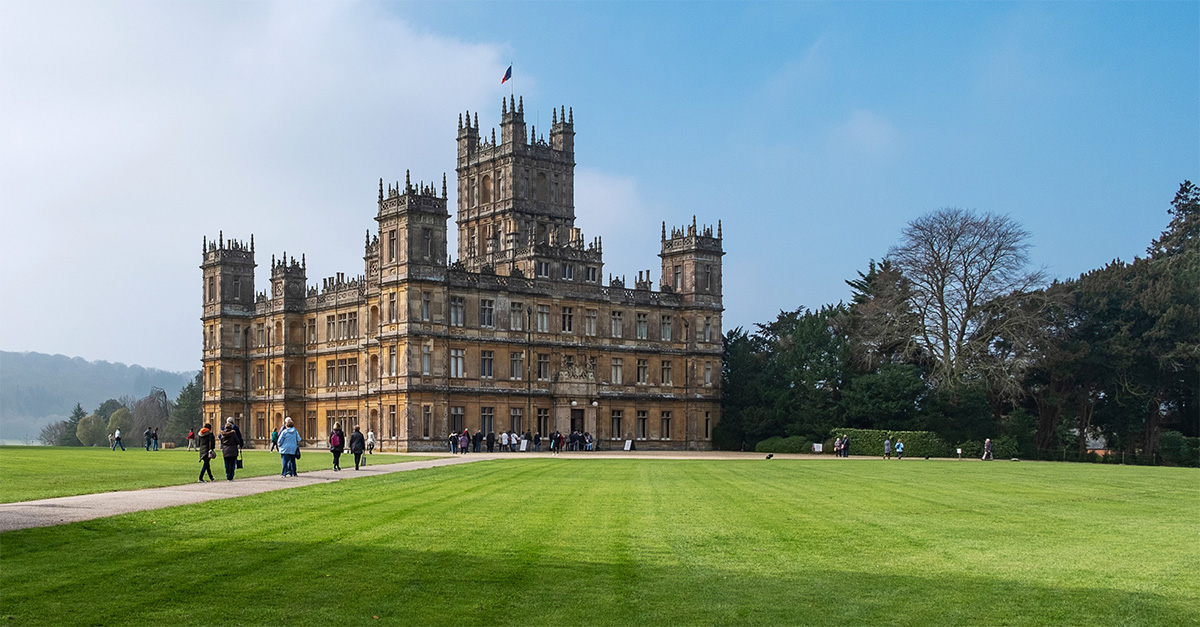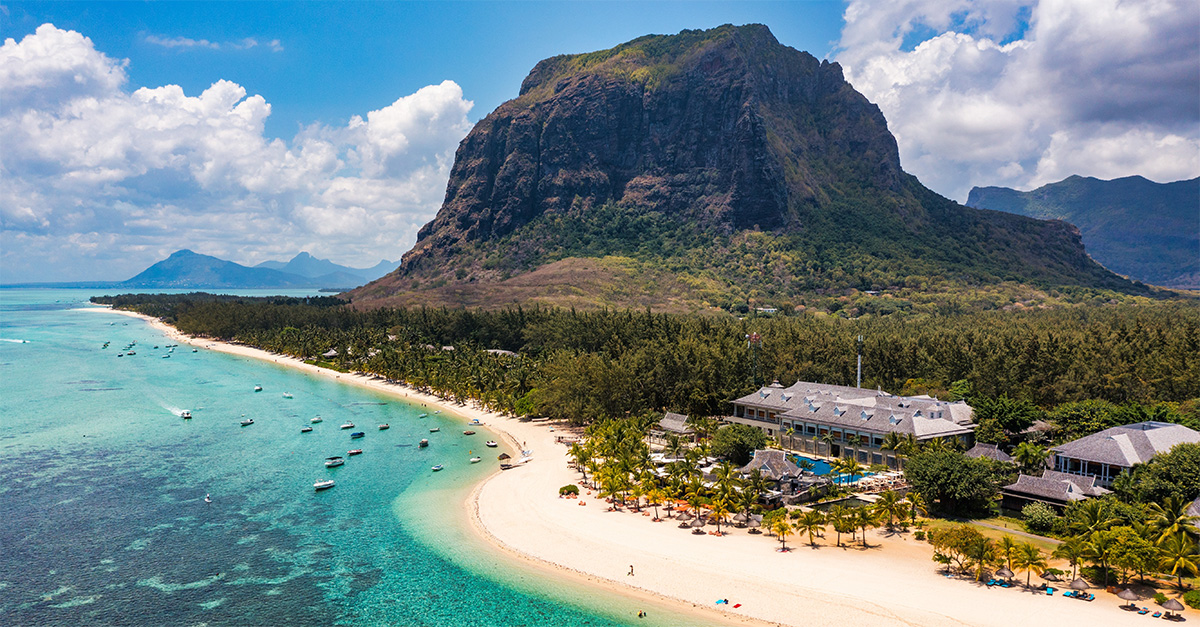As Virgin Atlantic launches flights to Detroit, Joanna Booth discovers that the US’s comeback city is on the up
Like this and want more details? Click here to download and save as a PDF.
“Entrepreneurial and creative airline WLTM up-and-coming American city for direct-flight fun. Must have GSOH and an interest in music.”
I know that lonely hearts ads aren’t the method airlines use to determine where to launch flight routes, but such is the synergy between Virgin Atlantic and its newest US destination, Detroit, that it’s easy to believe these two could fall for one another.
Both are plucky underdogs, battling bigger competitors. Both have a name for being cool and creative. They even share a musical background.
They also both have much to gain from the relationship. Detroit gains an extra daily flight from Heathrow – in addition to the existing daily service from Virgin’s codeshare partner Delta – which will increase capacity on the route by 45%.
Plus there’s the association with Richard Branson’s brand, which is stronger and better known in the UK than the city’s. Virgin will benefit from local traffic to this cutting-edge comeback city, a cradle for entrepreneurship and urban cool shaking off a troubled past.
But even more importantly, it’ll give the airline a gateway into another Delta hub, with hundreds of onward flights to other American destinations.
This connecting traffic is key. Maria Sebastian, Virgin Atlantic’s vice-president of sales and customer engagement, estimates that three-quarters of the traffic on the route will be connecting.
“This flight is part of our strategy to change agents’ view of Virgin as a point-to-point carrier to a connecting one,” she says.
“Within three hours of the Virgin flight landing, there are 65 onward connections, to places such as Nashville, Salt Lake City, New Orleans and Saint Louis.”
Sebastian predicts that key leisure markets for the flight will also include destinations that have direct flights, but where demand outstrips supply, such as Orlando and Las Vegas.
However, clients who merely fly through will be missing out. Detroit is a diamond; still a little rough around the edges, perhaps, but full of fascination. It will pay back in spades any visitor who is willing to see beyond the initially rather rundown look of its downtown core.
Persuade clients with a sense of adventure and an interest in history or music to stop off for a couple of days on their way through, whether they fly on elsewhere or explore the Great Lakes region.
It’s no secret that Detroit has fallen on hard times. Its population, which peaked in the 1950s at 1.8 million, dropped to just 700,000 in 2010. Residents left the area or moved out to the suburbs. It became a city famous for high crime rates and drug problems. In July 2013, the city, $18 million in debt, was forced to file for bankruptcy.
Motor City
But Detroit wasn’t always an underdog. It was once one of America’s industrial powerhouses.
Home to one Henry Ford, who started manufacturing the Model T here in 1908, Detroit had a ready supply of iron ore and timber, and a position on key rail and shipping routes, all of which made it such a hotspot for the car industry, it was nicknamed ‘Motor City’.
By 1924, General Motors and Chrysler – the other two of the Big Three car manufacturers – had their headquarters in Detroit. By 1950, it was the richest city per capita in the US.
However, by 1980 the rising cost of oil and competition from Japan had sent the US automobile industry into a skid – and Detroit’s fortunes with it.
Visitors can trace this rise and fall via the city’s most famous son, Henry Ford. The Ford Piquette Avenue Plant is the oldest auto plant in the world open to the public, and is the birthplace of the Model T.
Inside the unprepossessing brick building, there’s enough vintage bodywork to make an enthusiast weep.
Even to a philistine like me, the cars in here are beautiful specimens – in particular Elizabeth, a gleaming red-and-gold Model T that was the 5,575th to come off the line. Public tours run from 10am to 4pm, Wednesdays to Sundays, and start from $10.
At the nearby Fisher Building, the sheer wealth the automotive industry generated is evident. This 29-storey skyscraper built in grand art deco style was completed in 1928 as a model for the new American shopping mall.
No expense was spared – there are 52 types of marble, 430 tonnes of bronze and ranks of chandeliers. Fans of the TV series Mad Men can walk the floors trodden by Don Draper, as the building was used in filming as General Motors HQ.
Free tours run every Saturday at 11am, 1pm, and 3pm, starting at the Pure Detroit shop at the entrance, which sells items made by local designers. The Guardian Building tells a similar story, in the heart of Downtown.
Then it’s on to the suburb of Dearborn to see what remains of Ford’s operation here, at the Ford Rouge Factory.

When completed in 1928, it was the largest integrated factory in the world, a mile long by a mile and a half wide, employing 100,000 workers. Today, it employs only 6,000, but it’s still Ford’s largest factory and the home of production of the F-150 pick-up truck.
Visitors can watch the action on the factory floor, getting the chance to try tools and test engines as they learn about the manufacture of the best-selling vehicle in the US.
Tickets start at $13.50. The site also hosts the Henry Ford Museum and Greenfield Village, featuring indoor and outdoor exhibits of Americana including the Rosa Parks bus and the chair in which Abraham Lincoln was sitting when he was assassinated.
Motor Sounds
The Rouge Factory may have employed more people, but one of Detroit’s most successful production lines was found in a modest house a few blocks from the Fisher Building.
Fresh from the factory, songwriter and aspiring producer Berry Gordy put a sign reading ‘Hitsville USA’ on his house and built a recording studio in his garage, figuring that he could apply some of the assembly line processes to music.
The Motown studio was open 24/7, and artists didn’t just record there, they were turned into stars, with lessons in choreography and even deportment.
The Motown sound took America by storm, blending jazz rhythms with gospel’s call-and-response patterns, and adding reverb effects by pumping the sound through a specially created echo chamber. Gordy borrowed $800 to start his business. Within eight years, it was pulling in $20 million.
Gordy moved Motown to Los Angeles in 1972, and now Hitsville is the Motown Museum and a mecca for anyone who’s ever tapped their feet to Dancing in the Street or wailed along to Tears of a Clown.

You can see the desk where Diana Ross worked as a secretary before becoming one of the label’s most successful stars, and the sofa in Gordy’s private apartment where Marvin Gaye would stretch out for a few hours’ sleep after a long recording session.
A glass case contains the black fedora and sequined glove from the Billie Jean video where Michael Jackson first performed the moonwalk, and there’s even the original candy machine – complete with chocolate bars – where little Stevie Wonder would drop his 10 cents knowing his favourite Babe Ruth bar would always be in the same slot.
In the legendary Studio A, our guide Peggy wouldn’t let us leave until we’d all sung in the same spot as the Motown greats – it’s a good thing Mary Wells wasn’t around to hear us murder My Guy.
New Detroit
It’s easy to be distracted by Detroit’s past glories, but that does a disservice to the current community. The city may have been down, but it’s definitely not out.
The Downtown districts – while still looking rather eerily empty to a Londoner’s eyes – are enjoying a resurgence, with loft apartments filling up as fast as they’re redeveloped. A new hockey stadium and entertainment district is in progress, and by the end of next year, a streetcar will link Downtown to Midtown.
A five-minute wander from our hotel is Harmonie Park, where local bands play al fresco gigs twice weekly, and the grand Fox Theater, which still pulls in big names.
Apart from an odd McDonald’s or Starbucks, most shops are independents, reflecting a young and creative demographic – yoga studios and salad bars with signs on windows advertising coding bootcamps.
More than 70 restaurants have opened in the past two years. Detroit is no longer the playground of big industry, rather a hotbed of entrepreneurship, where a community of small businesses is pulling the city up by its hipster bootstraps.
Nowhere is this more evident than at Eastern Market on a Saturday morning. The market has been there since 1891, but you can bet it didn’t always sell green juices, and wasn’t flanked by delis, restaurants and stores selling vintage clothes, letterpress prints or shea butter cosmetics.

Food trucks flank the market stalls, the waft of barbecue is in the air, and local bands play live. Start the weekend here and you won’t wonder why residents are keen to move back into central Detroit.
New businesses are also popping up in the ’burbs. Huge houses are set back from the street in leafy Indian Village, and now gentrified shops are opening to match – such as Parker Street Market, where law graduate David Kirby sells locally sourced produce, just across the road from Sister Pie, where Lisa Ludwinski bakes fresh goods. Another 10 businesses have signed leases in the area.
One of the best ways to tap into Detroit’s community spirit – and explore a corner of the city you probably wouldn’t otherwise – is to tag along on the Monday night Slow Roll.
Started in 2010 by Detroit native Jason Hall as a hobby, this bike ride has grown from 10 people to 5,000. It’s been such an inspiring success that Apple chose Jason to star in an advert.
Riders convene at 6pm for a 7pm start, with the ride lasting 90 minutes. The route is different every time and is announced on the day on website slowroll.bike, but the idea is to get people exploring different areas of Detroit.
The city is huge – Boston, San Francisco and Manhattan would all fit inside it – but mostly flat, so the ride could involve an easy roll along the newly renovated riverside walkway, or even around the Grand Prix track in Belle Isle Park.
Bikes can be hired from Wheelhouse Detroit from $15 for two hours. Riders will see a new corner of Detroit, make some new friends, and who knows? They might fall a little bit in love with Detroit the way Virgin Atlantic has.
Tried & Tested: Aloft Detroit at the David Whitney
Opened last December, this 136-room hotel from the Starwood behemoth is part and parcel of the regeneration of Downtown Detroit.
Built in 1914, the classical proportions of the 19-storey David Whitney building made it prime development potential, and it’s now split between the hotel and high-end apartments.
The marble lobby, crowned by a soaring atrium, retains its historic charms, but the rooms fit Aloft’s more modern template. They’re comfortable and bright, rather than luxurious, but offer all guests need in terms of a city-break bolthole.
With a snack shop to grab something on the go and a lively lobby bar, the hotel suits clients who like to set their own agenda more than those seeking a full-service experience.
Book it: From $179 a night.
aloftdetroit.com




